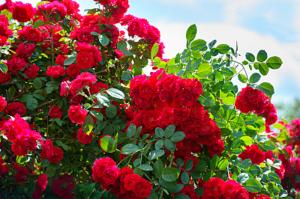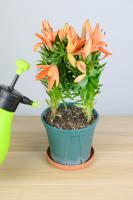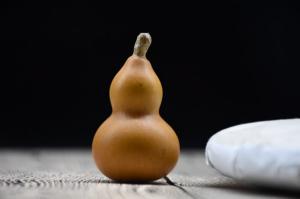Introduction
Pot plants, or cannabis plants, are mostly grown for the purpose of obtaining THC or CBD, the medicinal and recreational compounds that have gained massive popularity over the years. Cannabis plants are dioecious, meaning that they have distinct male and female plants. Pollination is a crucial step in the cultivation of cannabis plants, as it determines the quality, potency, and yield of the crop. In this article, we will explore the topic of how early a pot plant can get pollinated and its implications on the final product.
The Pollination Process
Pollination is the process by which male cannabis plants release pollen, which fertilizes the female cannabis plants, leading to the production of seeds. Pollination is essential for cannabis reproduction, but it also negatively impacts the quality of the end product when it is not timely controlled. When male plants pollinate female plants, the flowers will produce seeds instead of the desired resinous buds, significantly reducing the potency and yield of the cannabis crop.
Timeframe for Cannabis Pollination
The timeframe for cannabis pollination varies depending on various factors such as strain, environment, and light cycle. Typically, cannabis plants enter into the flowering stage between 6 to 12 weeks after planting. During this time, female cannabis plants will start developing buds, and male cannabis plants start producing pollen sacs. The release of pollen from male plants can occur as early as four weeks into the flowering stage, and female plants can start producing pistils that are capable of receiving pollen. If the male plant is allowed to release pollen at this stage, the female plant may start producing seeds instead of desirable buds, resulting in lower yields and potency.
Controlling Cannabis Pollination
To control cannabis pollination and prevent the production of unwanted seeds, growers use several techniques. One effective technique is to separate male and female plants in different grow rooms. This technique ensures that the male plants don't release pollen all over the female plants. Another technique is to use feminized seeds, which contain only female genes, ensuring no unintentional pollination. Growers use silver thiosulfate, a chemical that stimulates the production of female flowers in male plants, to produce feminized seeds. Once the feminized seeds are planted, grow lights that are timed to a specific light cycle can be used to prevent plants from flowering prematurely, ensuring that the plants are adequately developed before pollination occurs.
Potential Benefits of Pollinating Cannabis Plants Early
Pollinating cannabis plants early can have a significant impact on the potency and yield of the plant. Early pollination can increase the number of seeds that develop in each flower, resulting in more bountiful yields. Depending on the seed count, early pollination can also result in higher levels of THC and CBD in the final product. However, early pollination must be managed carefully to prevent the production of unwanted seeds that can compromise the yield and potency of the crop.
Conclusion
Cannabis pollination is a crucial step in the cultivation of cannabis plants. The timing and management of pollination are crucial in the production of high-potency and high-yield cannabis crops. Growers should understand the different techniques used in cannabis pollination to avoid unintentional pollination, which can compromise the quality of the cannabis crop. As a cannabis grower, it's essential to have a keen understanding of the pollination process and how to control it, to produce the highest quality cannabis plants possible.

 how many times do yo...
how many times do yo... how many planted tre...
how many planted tre... how many pine trees ...
how many pine trees ... how many pecan trees...
how many pecan trees... how many plants comp...
how many plants comp... how many plants can ...
how many plants can ... how many plants and ...
how many plants and ... how many pepper plan...
how many pepper plan...































